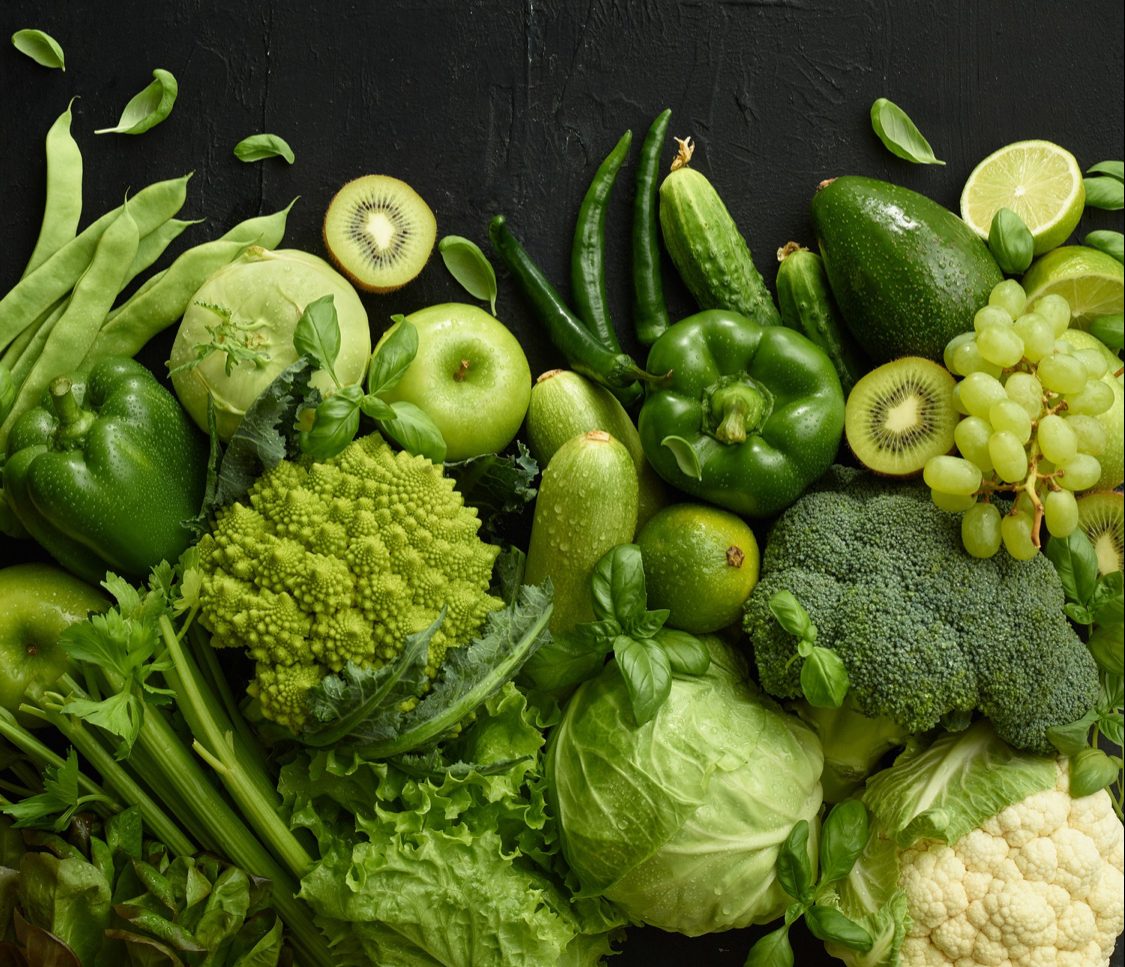Report
Officials in Saharanpur, Uttar Pradesh uncovered a major public health threat when they seized 800 kilograms of counterfeit tomato sauce from an illicit factory. This unregulated facility produced fake tomato sauce in bulk using artificial red dyes and arrowroot powder.
Disturbingly, the so-called “sauce” contained no real tomatoes or natural ingredients, raising serious health concerns for consumers. The confiscated products were destined for local markets, putting many unsuspecting shoppers at risk of ingesting harmful substances. This discovery has sparked widespread outrage and drawn attention to the growing issue of food contamination in India.
Food Fraud Exposed
This counterfeit sauce operation is part of a larger food fraud scheme that prioritizes cutting costs and boosting profits over public safety. Using synthetic dyes and powders instead of natural ingredients poses significant health risks, including digestive issues, allergies, and long-term dangers like cancer. The incident underscores the urgent need for stricter food safety regulations and more frequent inspections to curb unauthorized factories producing contaminated food.
Authorities have vowed to impose severe legal penalties on those responsible. The confiscation has reignited calls for greater consumer vigilance and awareness regarding food quality. The use of arrowroot powder, a low-cost thickening agent, allowed the counterfeit sauce to extend its shelf life—a common tactic in food fraud.
Common Contaminants in Tomato Sauce
Experts note that some producers frequently add formalin to extend the shelf life of tomato ketchup, which poses serious risks such as inflammation of vital organs like the liver and pancreas, as well as gastritis (inflammation of the stomach lining). Market producers also use synthetic dyes and artificial sweeteners to mimic the appearance and flavour of authentic tomato ketchup. Arrowroot powder and other starches often create a thick, creamy consistency in the fake product.
How to Detect Contaminated Tomato Sauce
- Iodine Test: Apply iodine to a sample of the sauce and mix thoroughly. If the sauce turns blue, it indicates the presence of starches like arrowroot, commonly used as thickeners.
- Colour Test: High-quality tomato sauce should have a uniform red colour. Dark spots may signal the presence of mould, indicating contamination.
 Food Manifest
Food Manifest 


















